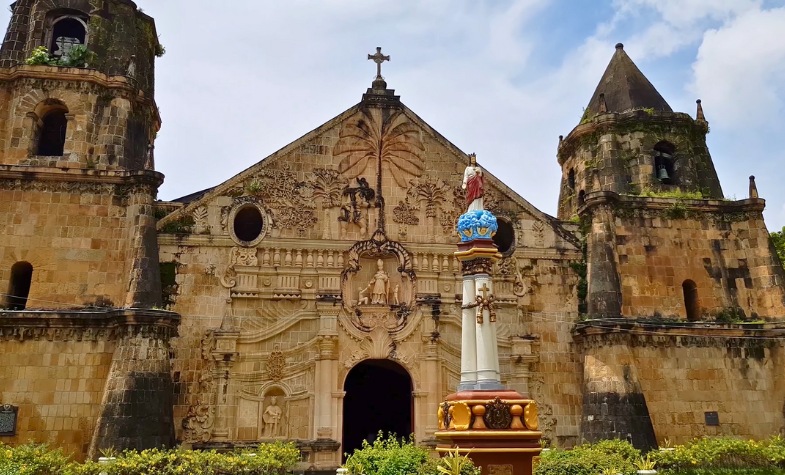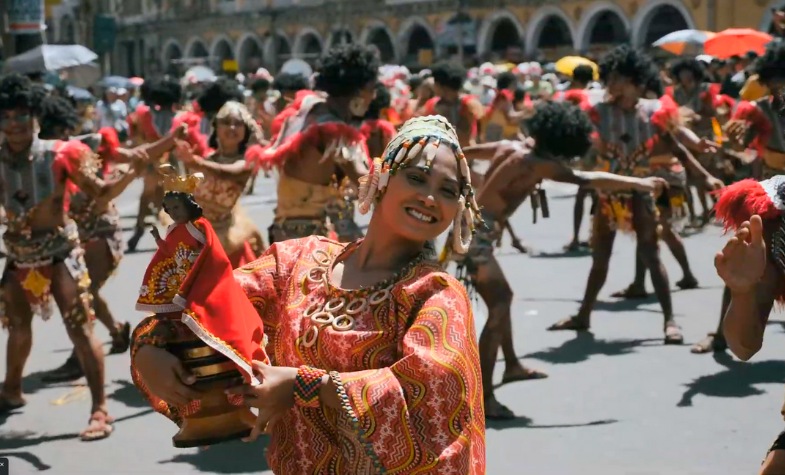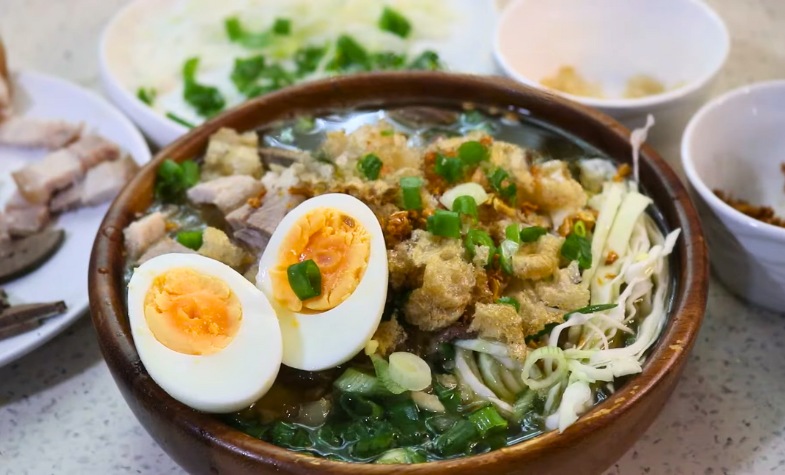

Located in the Western Visayas region of the Philippines, Iloilo is a destination rich in identity and peaceful beauty, combining pristine nature, cultural depth, and distinctive cuisine. Unlike the bustling tourist cities, Iloilo welcomes visitors with its gentleness, friendliness, and memorable experiences from the mainland to the distant islands.
Iloilo is located in the southern part of Panay Island and is one of the fastest-growing centers in the Western Visayas region of the Philippines. This city not only serves as a hub for commerce and education but also stands out thanks to its peaceful atmosphere, historical heritage, and ideal location for exploring stunning coastal destinations. Surrounded by the Visayan Sea, Iloilo boasts long coastlines and ferry routes that provide quick access to nearby islands such as Guimaras – the Philippines' mango paradise, and Isla de Gigantes – an untouched archipelago with white sandy beaches and abundant seafood.
The climate in Iloilo is a tropical monsoon with two distinct seasons: the dry season from December to May and the rainy season from June to November. The best time to visit is from the end of the year to early summer, when the weather is sunny, the air is cool, and it coincides with vibrant festivals such as the Dinagyang Festival.

Getting to Iloilo is very convenient. International travelers can fly to Manila or Cebu and then take a connecting flight to Iloilo International Airport, with daily domestic flights. The airport is just about 30 minutes from the city center by taxi, Grab, or hotel shuttle. Alternatively, if you are coming from nearby islands such as Bacolod or Cebu, you can take a ferry and enjoy the scenic sea views and coastal villages along the way.
Iloilo offers a harmonious blend of rich cultural heritage and untouched natural beauty. Every place here tells a story – from ancient stone churches, peaceful villages amidst rice fields, to beaches that remain separated from modern life.
One of the most notable destinations is Isla de Gigantes, an archipelago located to the north of Iloilo, often referred to as the "unexplored secret of Visayas". With pristine white sands, turquoise waters, and mysterious limestone caves, it is an ideal spot for activities like diving, kayaking, hiking, and enjoying fresh seafood, especially the giant scallops – a local delicacy.
Closer to the city is Guimaras Island, famous for its sweet, aromatic mangoes, so much so that locals proudly call it the home of "the world's best mangoes". Apart from mango orchards, Guimaras offers quiet beaches, lush coconut hills, and the Trappist Monastery – a place where visitors can relax and buy local handmade products.

For history and architecture lovers, Miagao Church is a UNESCO World Heritage site with an intricately carved limestone façade that depicts indigenous culture and Christianity. Additionally, Jaro Cathedral – the religious symbol of the city, and Molo Church – known as the "church of women," are remarkable works from the Spanish colonial era.
One lesser-known but highly recommended experience is kayaking along the Iloilo River. This serene river winds through urban areas and ecological zones, offering a completely new perspective of the city. In the evening, you can paddle while watching the sunset, enjoying the cool air and an unusual sense of peace.
In addition, visiting the Panda Conservation Center is a unique experience not to be missed. Visitors can learn about panda protection programs and admire the adorable pandas in their natural habitat, contributing to raising awareness about wildlife conservation
The culture in Iloilo originates from the Ilonggo community – the term used both for the local language (Hiligaynon) and the people of the region. The Ilonggo people are well-known throughout the Philippines for their gentle nature, politeness, and especially their hospitality. Visitors to Iloilo are often impressed by the friendly smiles of locals, who are eager to share everyday stories as if you were an old friend. The pace of life here is slow and pleasant, steeped in tradition – from family meals to community festivals.
The most distinctive and proudest cultural event in Iloilo is the Dinagyang Festival, held on the fourth weekend of January. It is one of the most lively and large-scale festivals in the Philippines, honoring Santo Niño (the Child Jesus) and recreating the historic encounter between the native Ati people and settlers from the 16th century. Over three days, colorful-dressed dancers perform powerful tribal dances to the rhythm of booming drums, turning the entire downtown Iloilo into a vibrant outdoor stage. The interesting part is that visitors are not just spectators – they can also join the parades, participate in traditional activities, and enjoy the rich street food offerings found throughout the streets.

In addition to Dinagyang, Iloilo hosts other remarkable cultural activities such as the Liwanag Festival – a dazzling light festival during Christmas, where villages and churches are decorated with handcrafted lanterns and sparkling lights. Furthermore, the Paraw Regatta – a traditional sailboat race that has been held for centuries, is an occasion to admire hundreds of colorful Paraw boats gliding across the Iloilo Bay, creating a traditional and picturesque scene.
The local language is Hiligaynon (also called Ilonggo), known for its soft tone and gentle intonation. However, the people of Iloilo are fluent in English – partly due to the well-developed local education system, making it easy for tourists to communicate, ask for directions, chat, or better understand the local culture without needing a translator.
The cuisine in Iloilo is not just for enjoyment but is also an integral part of the region’s identity. Each dish here is connected to a locality, a story, or a collective memory. The most notable dish is La Paz Batchoy – a rich noodle soup dating back to the 1930s, made with pork bone broth, minced meat, liver, crispy pork crackling, and fresh noodles. True to its name, this dish originated at La Paz market, where traditional Batchoy stalls like Netong’s are still operating today.
Another traditional dish is Pancit Molo – Iloilo's version of dumplings, with ground meat wrapped in thin dough and cooked in chicken broth. Unlike typical dumpling soups, Pancit Molo has a richer flavor and is often cooked during holidays for family gatherings.

If you’re a fan of fresh seafood, don’t miss Kinilaw – a raw fish salad mixed with coconut vinegar, lime juice, red onions, chili, and sometimes green mango or young coconut. This simple but fresh dish is perfect for sunny days or after island-hopping adventures.
Some highly recommended spots for enjoying Iloilo’s cuisine include:
Iloilo offers a peaceful and intimate experience where you can relax, explore nature, and immerse yourself in local culture. It is the perfect destination for those seeking a gentle vacation, yet still full of memorable moments. As part of your trip to the Philippines, Iloilo will undoubtedly be a great choice to enjoy a blend of natural beauty and the warmth of its people.
***
Travel Authentic Asia Company is your best choice for discovering the beauty of Southeast Asia. Our experienced and knowledgeable travel advisors are committed to helping you create a tailor-made tour and extraordinary experiences in this majestic region.
If you're looking for an authentic cultural experience, do not hesitate to contact Travel Authentic Asia to choose a Vietnam tour, Southeast Asia tour package or to customize your own style tour to South East Asia.